
By Alexane Roy
With the use of 5 simple questions, you will make sure to use videos in an efficient way.
This blog is an invitation to living more peacefully and happily when taking care of people facing neuro cognitive disorders. The author Alexane Roy demonstrated in her book living…LOVING in Alzheimer’s land that using our senses and our creativity with the people in need of our help is the most efficient and loving way to care.
Introduction
No one would ever offer a fork to someone’s sitting in front of an empty plate and say: bon appétit! And yet, that’s what many people do every day in special care homes when they use music or videos without accompanying the person facing cognitive issues. The fork and plate are tools. Videos and music are as well.
Without food (relationship with another human being, verbal or nonverbal exchanges, recognition and respect), there won’t be much convincing results in Alzheimer’s land. The comparison may seem lame to you, but the context is real. Tools, whatever they are, must be used with a human approach to be more efficient.
To go on with the meal’s analogy, people facing Alzheimer’s can eat with their hands. Even if there are no plates, just a simple tablecloth to put food on, they can be nourished. Without the tools, we can create a bond with another person. That said, it’s much more enjoyable and inviting to eat in a beautiful setting with nice cutlery. The body and soul of both people who care and those in need of our care will be enhanced. Thus, how can we optimize the use of these tools? Let’s see what neuroscientists have discovered first.
Feel-good hormones

We know now that the brain secretes hormones supporting our health system and optimizing our well-being when we feel safe. For example, when we love what we see and hear, our bodies relax because dopamine and serotonin hormones are being released. Thus, if the external stimuli are enjoyable to us, they can make us feel very good.
The opposite is also true. If sounds or lights are too intense for us, they can alter our state of mind, and even more abruptly and strongly if we don’t have the necessary judgment to know what they are and what they can do to us. The incurred stress is proportional to the amount of reactions triggered by the sounds and images we can’t explain. Cortisol, the main stress hormone can cause important damage to our bodies.
How can we optimize physical and mental health with music and video tools? First, it’s crucial to make sure that the people we are taking care of have a good sense of what we are trying to show them.
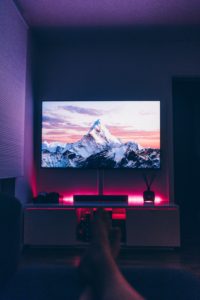
With Alzheimer’s or other cognitive issues, perception is often troubled; for example, the person in need of care might have a hard time seeing or hearing things that are obvious to us (I invite you to read the blog entitled How to communicate successfully in Alzheimer’s land to discover more about perception).
To verify if people perceive a video we are trying to show them, here are 5 questions we can ask ourselves during viewing and the way to answer them.
The Five Questions to Ask Yourself:
1.DOES THE PERSON SEE THE VIDEO?
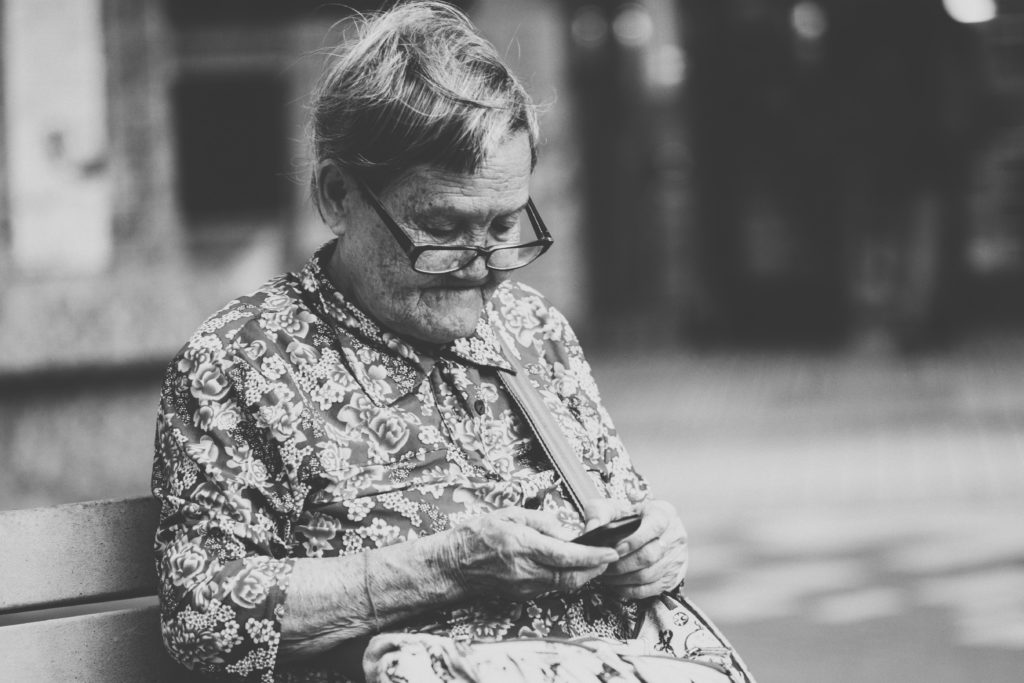
Observe the person’s eyes. Are they focused on the device showing the video? Is the person watching the scene? If not, you can use your pointing finger and a smile to try to show the screen or stand up and go to the screen in order for the person to see it.
- DOES THE PERSON FOLLOW WHAT’S GOING ON?
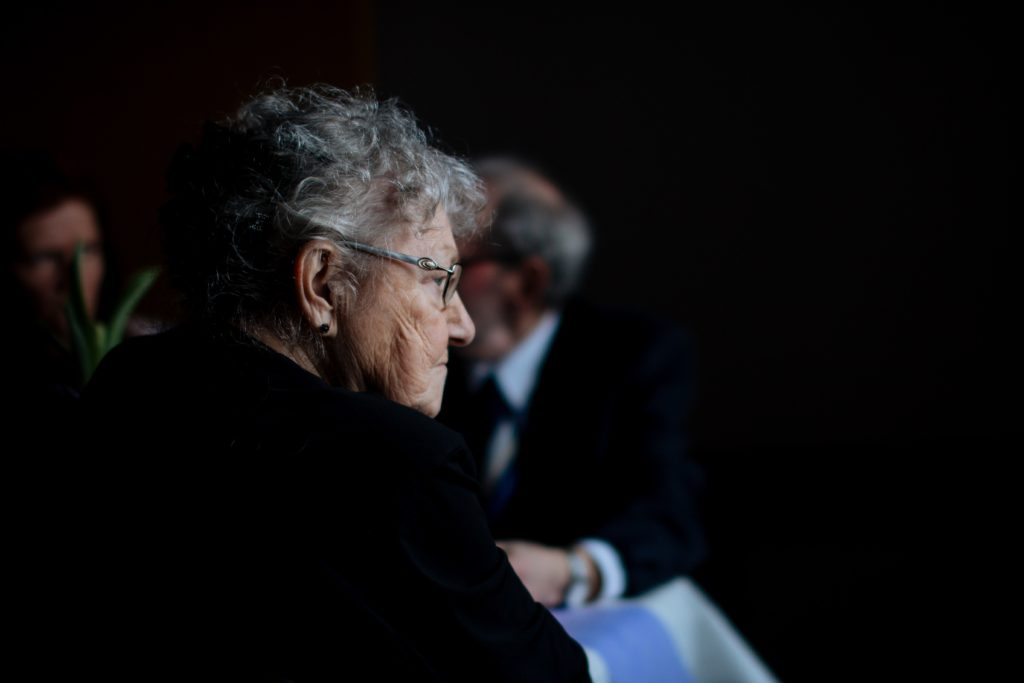
Once more, observe the eyes of the person you are caring for. Are they following the scenes? You can also say something about what’s going on and see if the person reacts. If not, you can touch his or her arm tenderly and point out to the screen. Remember a smile is always helpful.
- DOES THE PERSON UNDERSTAND WHAT IS BEING SHOWED?
Ask a simple question, easy to answer with a yes or a no and wait for 20 seconds before repeating calmly or trying something else. If you still have no answer, touch the upper arm of the person. Making eye contact is a very good tool as well. I often observed that I had more success when I caught the eyes of someone facing cognitive issues.

- DOES THE PERSON LIKES TO SING OR DANCE?
An idea is to offer a few dance steps to the person you are taking care of, or if there is appropriate music, invite her to sing along to a familiar tune, sometimes it can even trigger what Dan Cohen described as a “musical illumination” (Memory Lane Tv has some great sing along videos btw). If there is no reaction, maybe she did not understand well, be bold and start singing yourself you will then offer an opportunity to your loved one to get your intention. Imitation is a good trigger, she will most likely follow you smiling away as she listens to your familiar voice. Movement and singing awaken the spirit and the brain and often provide joy and serenity.
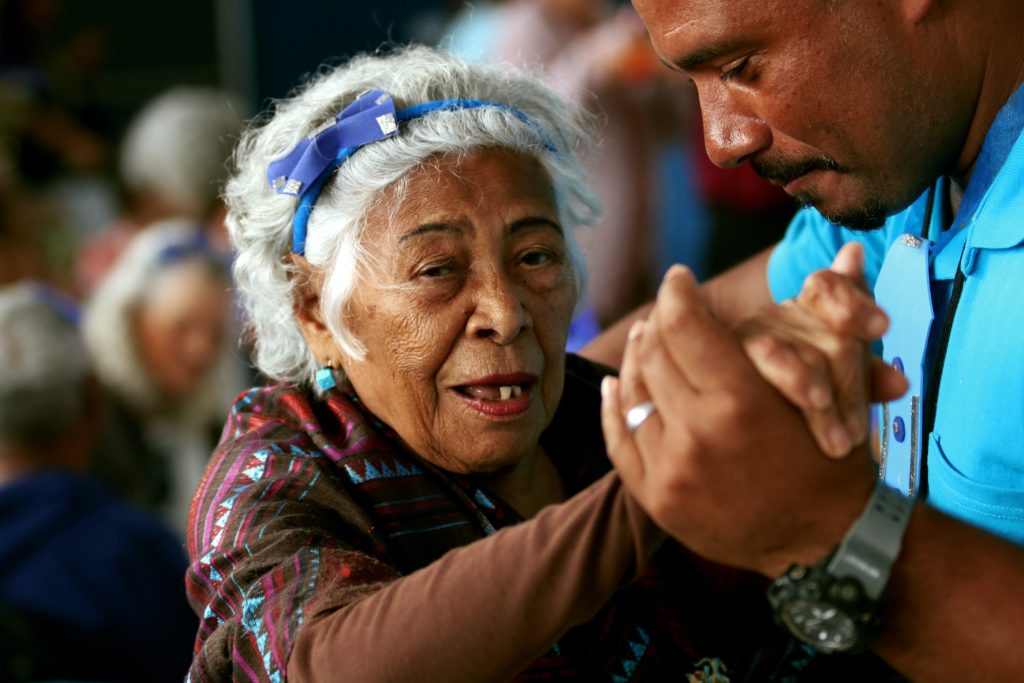
- CAN THE PRESENCE OF OTHER PEOPLE HELP?
Invite other people to come and watch the video with you in order to nourish the conversation. You might be surprised how much those residents facing cognitive issues can share when you give them a chance to express themselves in the moment. I have noticed the benefits of group gatherings on verbal expression. Moreover, some individuals prefer intimacy. By making sure you observe the non verbal cues of the person you are taking care of, you will know if he or she appreciates company or not. Like anybody else, there might be times when they enjoy having people around and other times not. Keep an eye open.
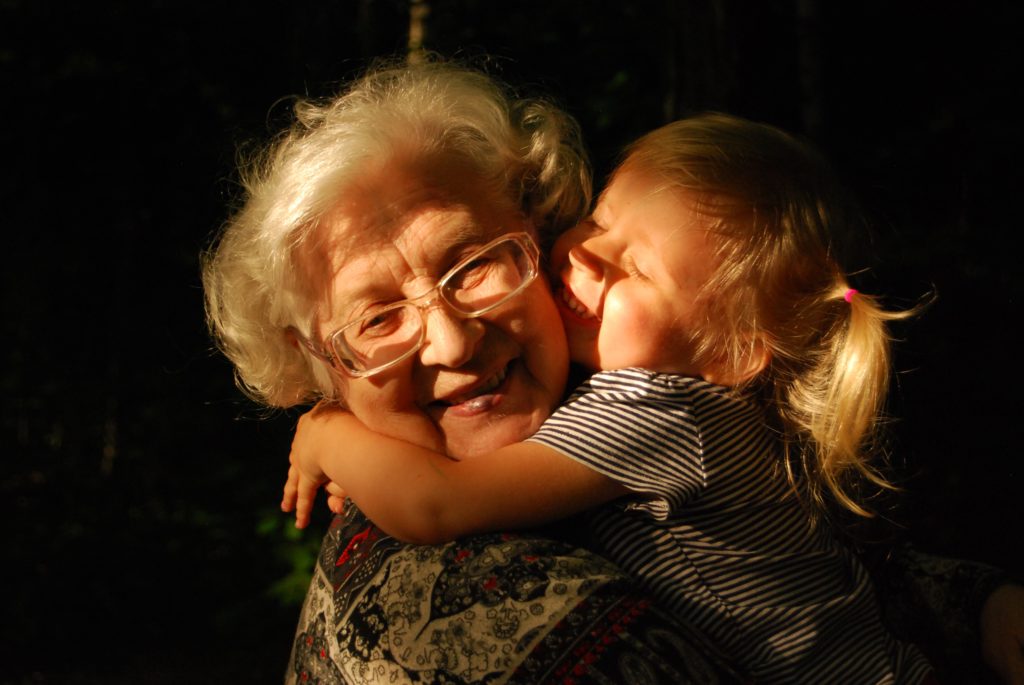
OTHER USEFUL INFORMATION
 The speed in which the frames of the video are appearing is important to consider. The brain of people facing cognitive disorders is often slower. They need more time to perceive visual and auditory stimuli. Memory Lane pays a special attention to this technical aspect by offering tools adapted to the needs of those with Alzheimer’s or other kind of dementia.
The speed in which the frames of the video are appearing is important to consider. The brain of people facing cognitive disorders is often slower. They need more time to perceive visual and auditory stimuli. Memory Lane pays a special attention to this technical aspect by offering tools adapted to the needs of those with Alzheimer’s or other kind of dementia.

As with music, the choice of video content can change everything in Alzheimer’s land, and how we use it is the most important thing to consider. I will make a meal’s analogy once more in order to demonstrate this. If you have advanced neuro-cognitive disorders and you are served your favorite dish without any human interaction, without having someone initiating the movement by putting the utensil in your hand, you may not even see the food in front of you. The scent of the aromas might trigger your attention if the neurons that carry the message from your nose to your brain are still functional, but this is not certain. A human connection is the best way to awaken the senses.
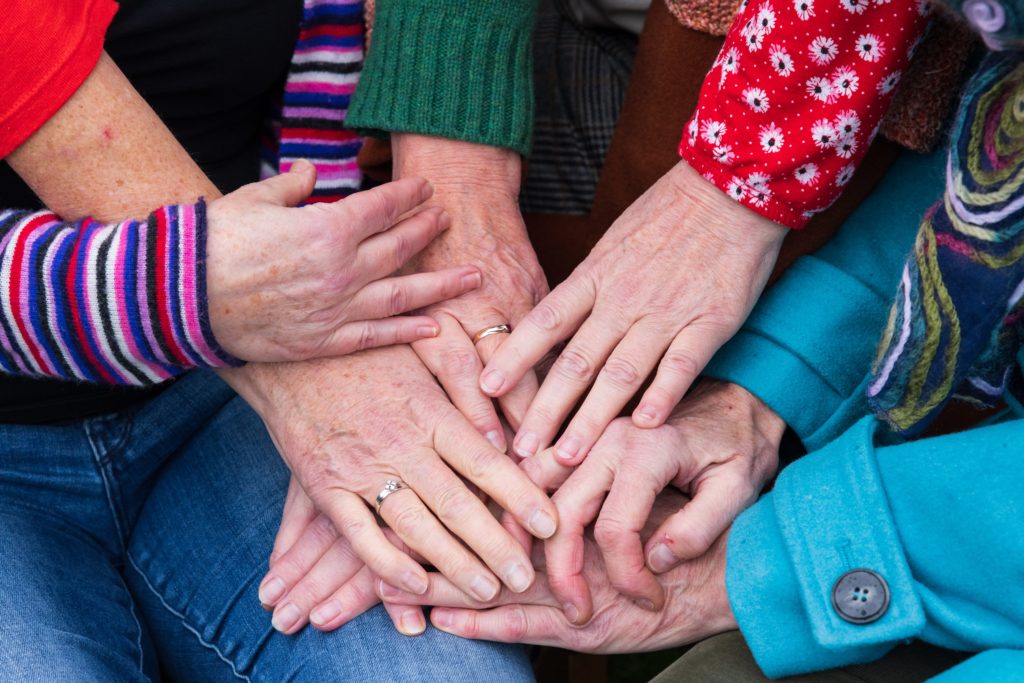 Support is therefore essential in order to offer every chance of success to people living with neuro-cognitive issues so they can take advantage of the available tools and thus experience moments of pleasure and joy. Some people mistakenly think that at some point in the disease, it becomes impossible to drink and eat on your own when by simply putting the utensil in someone’s hand, looking at them, smiling and wishing them Bon appétit, can trigger the perception that there is food on the table and activate the movement of the hand and arm.
Support is therefore essential in order to offer every chance of success to people living with neuro-cognitive issues so they can take advantage of the available tools and thus experience moments of pleasure and joy. Some people mistakenly think that at some point in the disease, it becomes impossible to drink and eat on your own when by simply putting the utensil in someone’s hand, looking at them, smiling and wishing them Bon appétit, can trigger the perception that there is food on the table and activate the movement of the hand and arm.
Sometimes you need to help the person see the food on the plate. I have often seen people eat only one side of their dish. By turning the plate 180 degrees, the person resumed eating, as if the food had just appeared.
The same thing can happen when you try to watch a video. It is therefore important to make sure the screen, television or other electronic device showing the video is at the right place for the person you are caring for. Do not hesitate to try to project from different angles. You can also vary the distance between the person and the screen. Always observe the person’s reactions in order to find the best place.
 In Alzheimer’s land, every day is different. Keep faith even if it doesn’t work. Try again on another day, at another time of day, with a different device or with more comfortable headphones. Use another video. Sometimes tastes can change. Talk to other caregivers or anyone you trust; they will surely have suggestions for you. Mutual care opens the door to empathy and compassion. We sure need more of those emotional responses.
In Alzheimer’s land, every day is different. Keep faith even if it doesn’t work. Try again on another day, at another time of day, with a different device or with more comfortable headphones. Use another video. Sometimes tastes can change. Talk to other caregivers or anyone you trust; they will surely have suggestions for you. Mutual care opens the door to empathy and compassion. We sure need more of those emotional responses.
Additional Resources
If you want to share your experiences or if you have any questions, please write to info@alexaneroy.comor learn more about Alexane Roy.
And if you’d like to explore more of these tips, here’s a link to Alexane Roy’s ebook: living, LOVING in Alzheimer’s land as well as tutorial videos on Facebook.
Keyword: Alzheimer’s, caregiver, healthcare worker, dementia, aging, neuro-cognitive disease, care, caring, taking care, television, video.
Keyword MSV: multi sensory experience, care television, multi sensory stimulation, how to help someone with memory loss, sensory activities for dementia patients, care plan for dementia, coping with memory loss, relaxing videos, memory stimulation, how to help someone with dementia, living with dementia, dementia care plan, dealing with dementia, soothing videos, television.